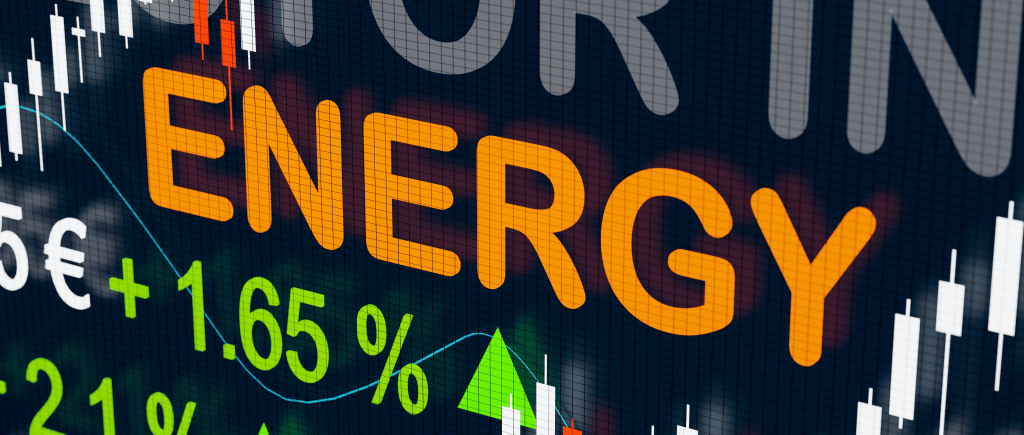Oil prices dipped on May 21, 2025, with Brent crude falling to $65.26 per barrel and WTI crude to $61.94, following a bearish US government report showing unexpected inventory builds. Despite earlier gains driven by fears of Middle East supply disruptions, the data cooled market optimism ahead of the US summer driving season. Geopolitical risks and President Donald Trump’s sanctions on Iran keep prices volatile, but OPEC+ must act decisively to stabilize markets without triggering a broader economic fallout.
US Inventory Surge Weighs on Prices
The Energy Information Administration reported a surprise 1.3 million-barrel increase in US crude inventories, alongside 800,000-barrel and 600,000-barrel rises in gasoline and distillate stocks, respectively. This buildup, defying expectations of draws during peak demand season, sent Brent and WTI futures into negative territory. The data underscores weakening US fuel demand, with imports outpacing consumption. The 2020 inventory glut, which crashed WTI below $0, serves as a stark reminder: oversupply can devastate prices, especially with demand uncertainties lingering.
Middle East Risks Keep Markets on Edge
Reports of Israel planning strikes on Iranian nuclear facilities briefly lifted oil prices by 1%, as Iran’s 1.5 million barrels per day in exports face potential disruption. A retaliatory Iranian blockade of the Strait of Hormuz could choke flows from Saudi Arabia, Kuwait, Iraq, and the UAE, tightening global supply. Yet, stalled US-Iran nuclear talks and Trump’s renewed sanctions on Iranian crude add complexity. The 2019 Gulf tensions, which spiked Brent 15% in a week, highlight how quickly geopolitical flares can jolt markets. OPEC+ could offset a 500,000-barrel daily loss, but broader disruptions would test its resolve.
OPEC+ Faces Strategic Dilemma
Kazakhstan’s 2% production rise in May, defying OPEC+ quotas, adds pressure on the alliance to enforce discipline. With OPEC+’s market share at 48%, down from 55% a decade ago, members like Saudi Arabia, led by Energy Minister Abdulaziz bin Salman, face a choice: cut output to prop up prices or maintain volumes to compete with non-OPEC producers like the US. The 2014 price war, which targeted shale, strained budgets; today’s fiscal constraints and US tariffs heighten the stakes. Inflation, projected to exceed the Federal Reserve’s 2% target, complicates Chair Jerome Powell’s rate decisions, impacting oil demand.
The Fed must align strategies to avoid a price spiral or economic slump. Powell’s cautious stance, delaying rate cuts, reflects tariff-driven inflation fears, but prolonged high rates risk curbing fuel demand.
OPEC+ should prioritize quota enforcement to stabilize prices, learning from past oversupply missteps. Investors face a volatile market: hedging with diversified energy assets is prudent as geopolitical and inventory risks clash. Clear policy signals from Washington and Riyadh are critical to steady this turbulent market.

 Noor Trends News, Technical Analysis, Educational Tools and Recommendations
Noor Trends News, Technical Analysis, Educational Tools and Recommendations




